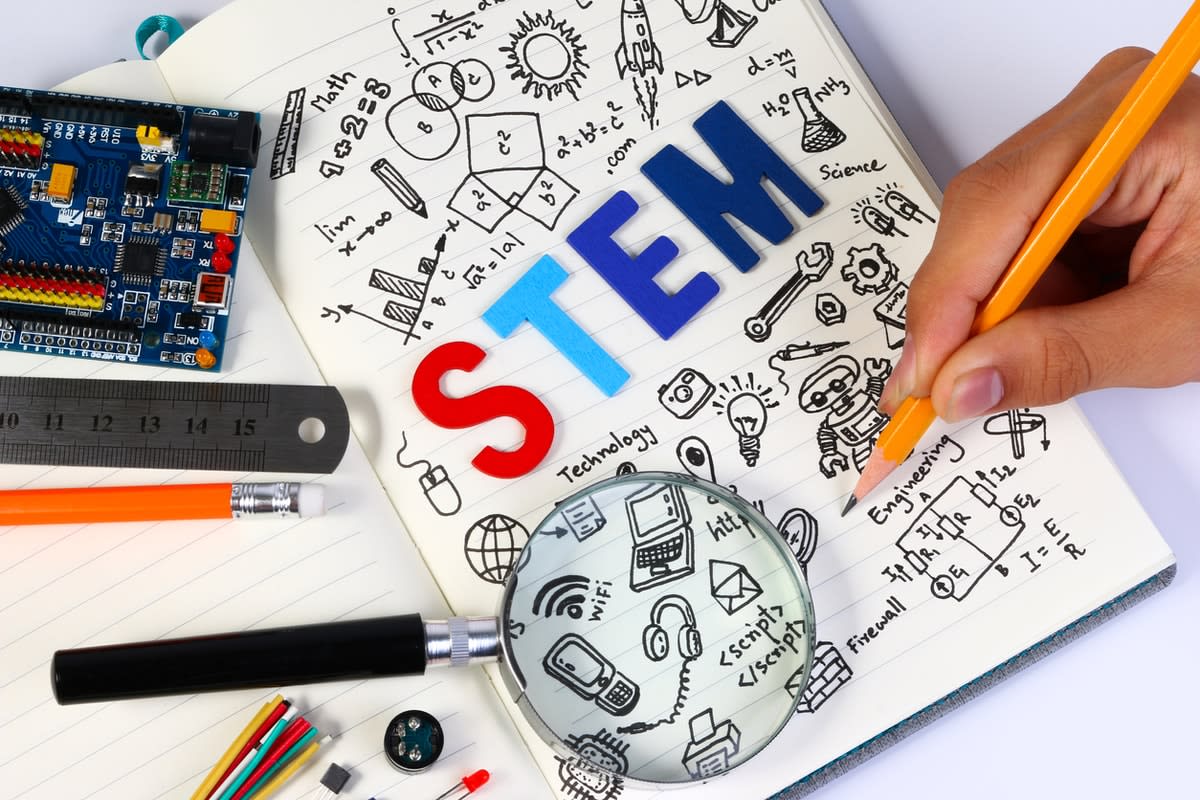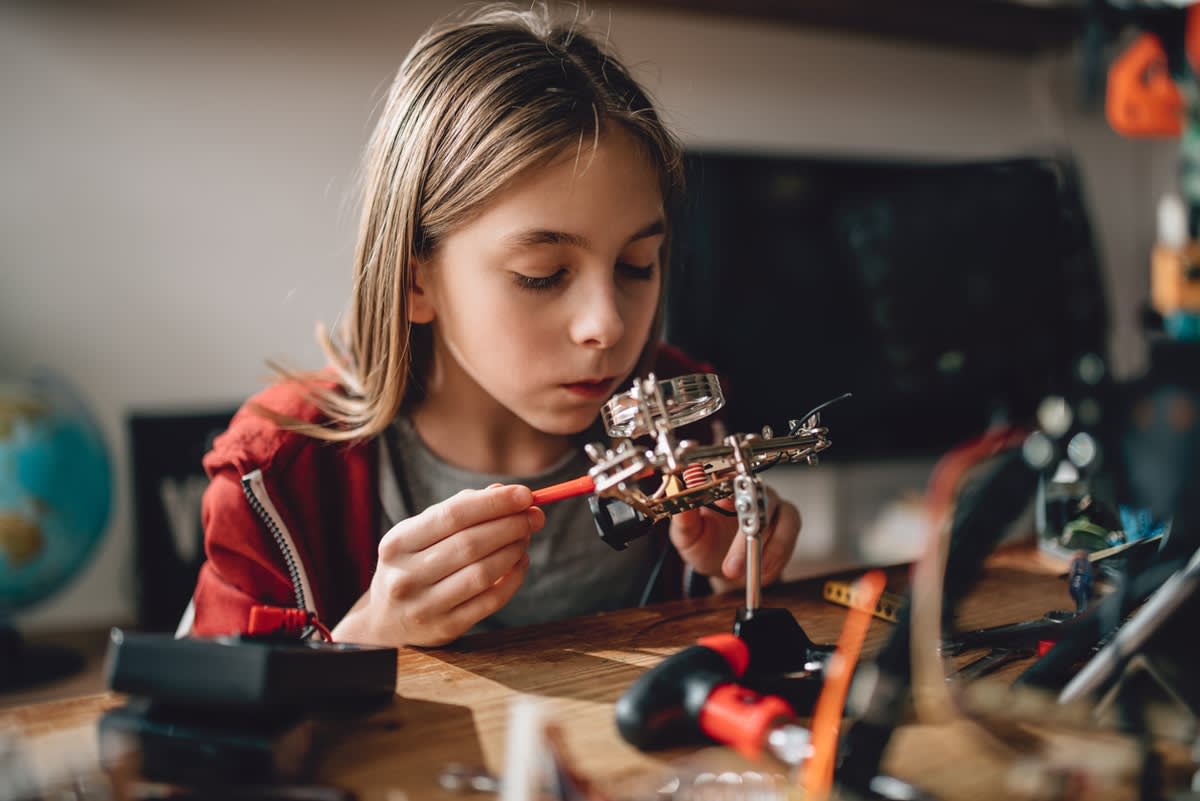When is the ‘right’ time to invest in women and STEM?

In response to the economic challenges of the COVID-19 pandemic, the federal government released its JobMaker plan in the budget for 2020-21, which included a focus on women, STEM and jobs.
This plan sees significant investment in so-called “key growth areas” in the labour market, with this investment designed to produce more qualified individuals ready to enter or continue in the workforce and drive our economic recovery.
For instance, $299 million has been set aside to fund an extra 12,000 undergraduate Commonwealth Supported Places in 2021 as part of the Job-ready Graduates Package. Funding for these places has been prioritised based on discipline type, with more places allocated for courses in “key growth areas”, such as those in STEM-related disciplines.
In addition, all students – male or female – enrolling in a STEM course will now not have to contribute as much financially to the cost, potentially making these degrees more enticing.
The JobMaker plan also devotes an entire section to women, with the aim of increasing their participation in the workforce, and thus helping to stimulate our COVID-ravaged economy.
General initiatives to support women in the workplace included here are a $50 million investment in the Women@Work Program, which involves an expansion to the Women’s Leadership and Development Program grants. These grants are designed to remove barriers to women’s participation in the workplace, and assist them in staying employed and establishing a career.
There’s also a section highlighting the additional financial support to be set aside for new and existing initiatives to increase opportunities for women in STEM.
These include $25.1 million to fund 500 STEM industry cadetships and advanced apprenticeships, funding for an extra 20 projects under the Women in STEM and Entrepreneurship (WISE) grants program, extension of access to the Girls in STEM Toolkit until 2023-24, and extension of the Women in STEM Ambassador role until 2022-23.

A short-sighted understanding
However, while investing in increasing opportunities for women in STEM is admirable, will these initiatives help improve women’s participation in STEM? Viewing STEM access for females from a jobs and higher education cost perspective reflects a rather short-sighted understanding of when and how girls make decisions about whether STEM options are for them.
Girls make decisions about their interest and participation in STEM as early as the age of four. Research conducted in several countries has found attitudes and aspirations towards STEM subjects form during childhood, and are consolidated by the age of 13.
By this young age, girls have already made up their minds as to whether STEM is something they can identify with, or something they’re capable of doing, and therefore whether they see themselves as a “STEM person”.
Once formed, STEM attitudes and aspirations appear to remain fixed as girls move through secondary school and into adulthood.
Identity development is a complex process influenced by social factors such as gender, socioeconomic status, ethnicity, and context. In their development of a STEM identity, girls will be taking cues from family members, teachers, peers and the media as to what a “STEM person” is, which then shapes their own expectations of themselves and their future choices.
Girls’ experiences in and out of school, and the associated messages about whether STEM is for them, are crucial in shaping girls’ STEM identity formation, and future career interests and expectations.
The federal government’s plan to reduce the cost of a university STEM course and provide more STEM job opportunities will have little impact on girls and women if they don’t identify with STEM in their early years, and they’re not encouraged and motivated to take up STEM subjects in school.
If the government’s goal is to truly increase the number of women participating in STEM fields, then investment needs to begin earlier, focused on improving STEM education in primary and secondary school, particularly during the transition to secondary school, when girls are developing their sense of who they are and what they can achieve.

More research on STEM identity development
We need more research about how girls develop their STEM identities during the transition from primary to secondary school, in order to see where and how to invest in improving STEM interest and take-up.
Co-author Tabetha Spiteri is investigating the impact of girls’ experiences of integrated STEM education on their STEM identity formation while transitioning from primary to secondary school.
The girls’ perspectives can provide insights to foster the development of a positive STEM identity, potentially leading to more choosing to study and work in STEM fields.
While paying attention to the STEM experiences of young girls may not win votes in the short term, it’s an investment more likely to pay off in the long term in regard to female participation in the STEM workforce, and a stronger economy and innovation sector for Australia.
This article was published by Lens.
Open Forum is a policy discussion website produced by Global Access Partners – Australia’s Institute for Active Policy. We welcome contributions and invite you to submit a blog to the editor and follow us on Twitter, Facebook, Linkedin and Mastadon.










